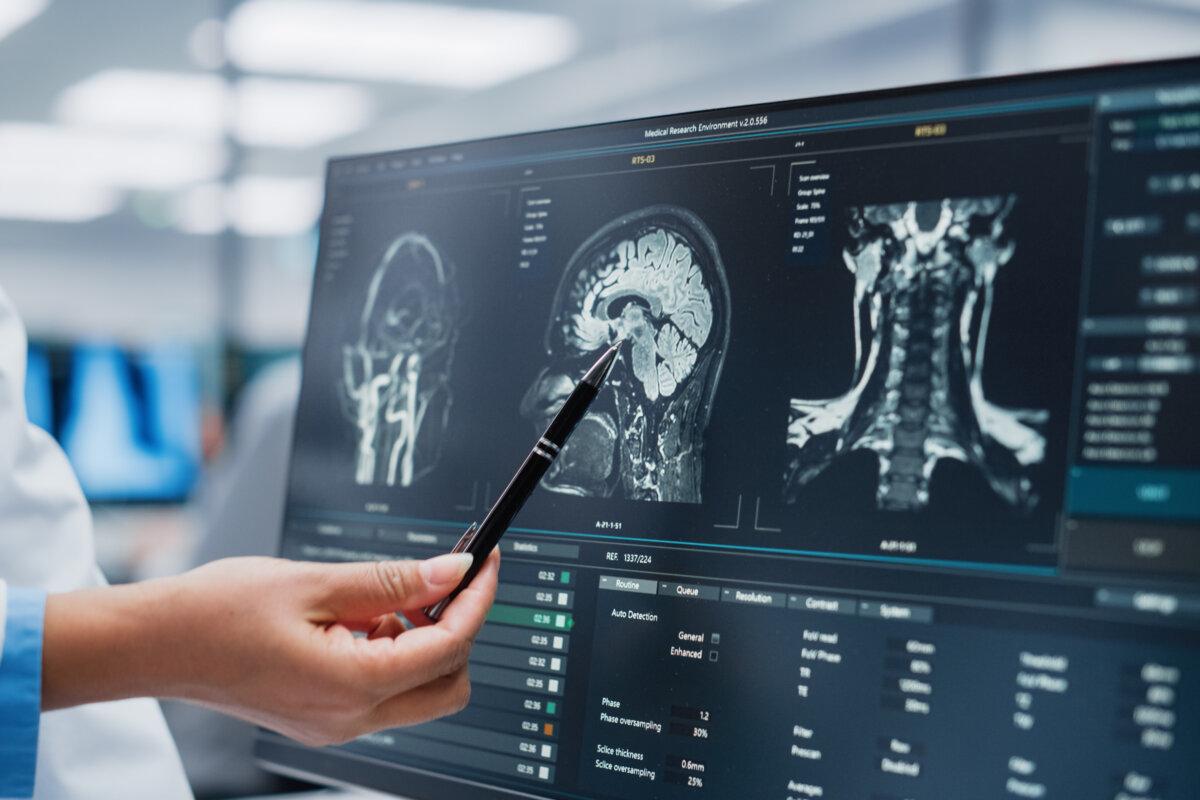Today, imaging plays an important role in the diagnosis and eventual treatment of the most important neurological diseases. For example, in the case of a stroke, it not only allows a quick diagnosis, but also provides valuable information for treatment methods – for example, the use of intervention methods. “Ultimately, all diseases are about the same thing,” says the university professor. Dr. Christian Enginger, head of the Graz University Clinic for Neurology, means “rapid diagnosis, reliable diagnosis, differential diagnosis, treatment selection and monitoring.”

Gorodenkoff/AdobeStock
Technological development in recent years can only be described as rapid. The first MRI images of the brain were published in 1981, seeming almost primitive by today's standards, but already more informative than CT scans. Today, for example, a 3D flare scan provides all the information needed to diagnose multiple sclerosis in minutes, Enginger says. Today, higher resolution, diffusion-weighted displays, faster image data acquisition, higher field strengths, and parallel imaging are expanding the possibilities of imaging.
Enginger describes the various processes for standardizing protocols as a current challenge. In case of MS, these are mentioned in MAGNIMS-CMSC-NAIMS recommendations.1 The guideline also notes that both new technological possibilities and evolving diagnostic criteria have changed the role of imaging in the management of MS. Rapid diagnosis based on reliable criteria and accordingly, early initiation of treatment is now the norm for this disease. With MS, it now takes about 3 months from initial clinical manifestation to diagnosis, whereas previously it could take years.